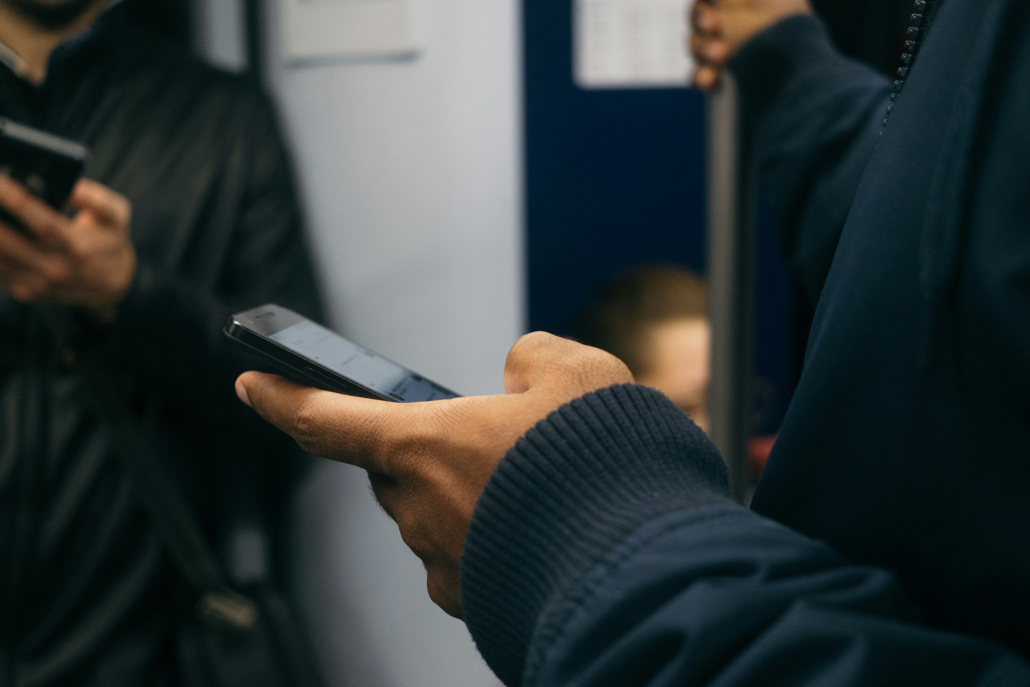Minimizing Digital Distractions: 6 Science-Backed Strategies to Stay Focused
As a digital nomad, dealing with the digital world is pretty much par for the course – after all, it’s literally in your ‘title’.
Yet despite the myriad ways that online tools have enhanced the way we live and work, there’s no doubt that the amount of distractions we face on a daily basis has increased exponentially.
From round-the-clock notifications and unending unread emails to the constant craving for a social media dopamine high, it’s not surprising that many of us struggle with maintaining focus amidst ongoing digital derailment.
If you regularly find yourself drowning in digital distractions, try out these science-supported strategies for reclaiming your attention once and for all.
1. Turn off non-essential notifications
Every single time your phone vibrates or your laptop pings, the attention you were giving to a task is instantly hijacked. And a study by the University of California found that it takes around 23 minutes to refocus after such an interruption.
Yet another study showed that simply having your phone in your field of vision – even if it’s face-down – is enough to distract your brain from whatever it’s meant to be focusing on.
Of course, many of us are required to monitor our notifications for work purposes, making eliminating these distractions altogether somewhat challenging. However, there are still ways to reduce the effect of notifications and their impact on attention.
What you can do
2. Make your phone less attractive
Our smartphones are engineered to be as engaging as possible. From bright colors to pop-up notifications and ease of access to our favourite apps, designers have thought of everything to keep our attention firmly on our screens.
However, in a few simple steps, you can reverse-engineer this to make your phone less appealing and, therefore, less of a distraction.
What you can do
3. Use website and app blockers
If you find yourself perpetually reaching for the same websites and apps – even (or especially) when you’re meant to be focusing – you may benefit from distraction-blocking tools.
These nifty tools work by limiting or preventing access to distracting sites during specified hours, so you can stay focused.
What you can do
4. Set digital boundaries with ‘check in’ windows
Constantly disrupting the flow of your work by checking emails or messages throughout the day can have serious implications for your output, productivity, and ability to focus.
One way to overcome this distraction-prone challenge is to set specific check-in windows where you respond to emails, messages or notifications at designated times rather than in real time.
What you can do
5. Customize ‘Do Not Disturb’ mode for different scenarios
The Do Not Disturb mode on your phone or laptop can be a powerful tool for cutting down distractions, but it works even better when you customize it to fit your specific needs.
By creating custom Do Not Disturb defaults for particular types of work, you can ensure you stay distraction-free while still receiving the notifications you need to perform your tasks optimally.
What you can do
6. Practice regular digital decluttering
Just as physical clutter can overwhelm you, digital clutter – such as excessive files, notifications, and apps – can create mental overload and distract you from your tasks.
By engaging in regular digital decluttering sessions, you can stay organised, save time, and reduce the chance of being pulled away by unnecessary digital noise.
What you can do
Want exclusive access to all our resources, templates, and tools for digital nomads and remote workers?



